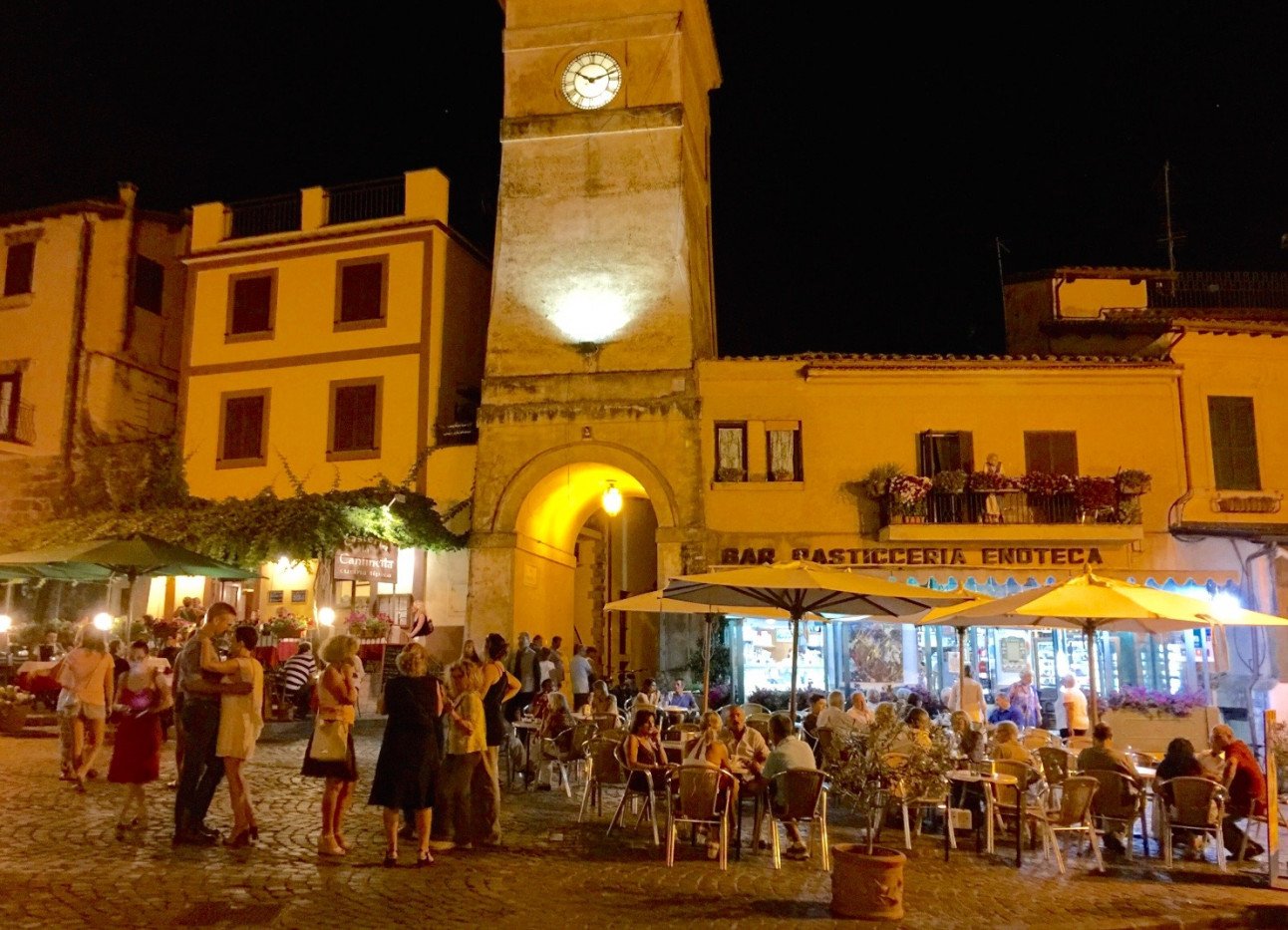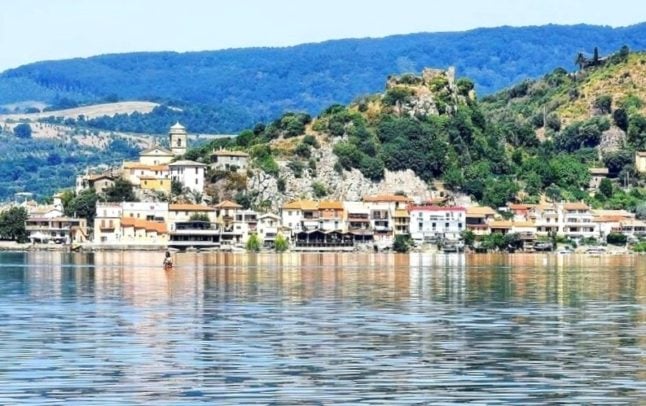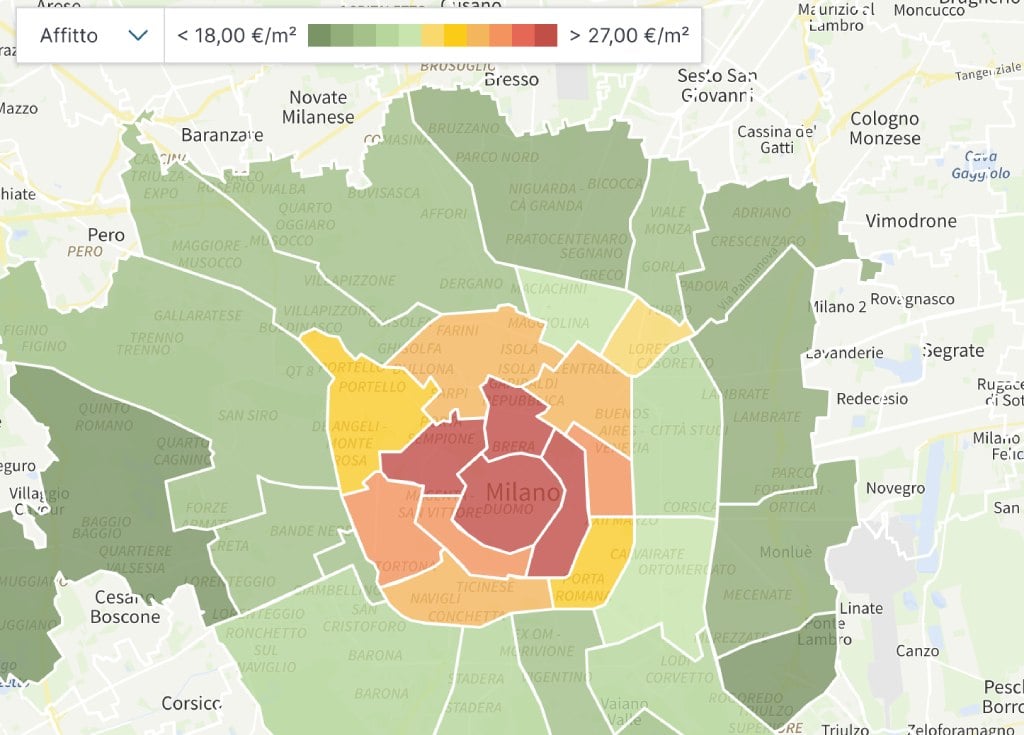Having lived for thirty-four years a few steps from Piazza Venezia in the heart of Rome, I was happy as a clam to stroll past the Pantheon every day, to see all the museum openings and to jog at 6am in Piazza Navona.
And then I discovered that extraordinary institution, the borgo, which translates into hamlet, usually meaning medieval.
One autumn an American guidebook assigned me to devise driving tours outside of Rome proper. Requiring a long lead time for publication, I had to deliver the text by Christmas. The wintry days were cold and rainy, producing the sort of dull grey misery that makes you want to stay in bed until spring. It was no easy matter to rhapsodize about a tourist venue when you can barely see beyond the swishing windshield wipers.
And then, twenty-five miles north of Rome, I came upon Trevignano Romano, a village overlooking Lake Bracciano. The fog lifted, and with it my spirits.
No place struck me as comely as this one-time fishing village, whose medieval center — its borgo — was entered through an ancient gate, which survive at today's entrance. Beautifully maintained, clean, I could see traces in windows and walls of what it was like when constructed below a fortress, its ruins overlooking the town.
I am not alone: even before the Covid-19 crisis prompted a considerable number of lifelong city dwellers to begin looking for homes far from downtown, the borgo was already being rediscovered by Italians as well as by foreign home buyers and tourists too.
READ ALSO: Could Italy's abandoned villages be revived after the coronavirus crisis?
Of Trevigano's 6,000 inhabitants, 1,000 are foreigners from the USA, UK, Ireland, Netherlands, Romania, New Zealand, Finland, Germany and elsewhere.Shortly afterward I purchased an apartment that lay only a few steps away from the borgo. That was thirty years ago, and I have never looked back.
Within a short drive is the historic castle at Bracciano, which once belonged to the powerful Orsini family. All around are ancient Etruscan and Roman ruins, and the town vaunts its own delightful museum of Etruscan artifacts found locally. It is part of a vast regional park.

A summer evening in Trevignano Romano. Photo courtesy of Judith Harris
Daily life is enchanting in such small towns. Its 16th-century church, affrescoed, it is believed, by Giulio Romano, actually shows a scene of the lake with farmers and boats. Every summer there is a fashion show whose models are women with disabilities. At Ferragosto celebration in mid-August, children compete in a lake fishing contest. Summer concerts and dog shows take place close to the little harbor. Lectures are on offer in the town hall, including a number this writer has organized. A boat circles the lake regularly, carrying tourists.
Restaurants offer traditional dishes made with fish from the lake itself. There is even a local, mouth-watering pizza specialty topped with anchovies and onions. Needless to say, restaurant and cafe life is lively, and there is a biweekly craft market.
This cosmopolitan town has much to teach.
The first lesson is to encourage helpfulness to others, as in its center where dogs learn, among other things, to rescue people drowning. Second is to think of the disabled, who participate in lessons in the archery center. Third is that good administration is vital; this administration is motivated by genuine love and respect for the town rather than by any political alliance.
Next is to foster care for the cultural heritage, which means maintenance of its Etruscan museum and the new construction of stairs leading uphill to the ruins of its medieval fortress that overlooks the town. To foster care for the environment means daily, carefully divided recycling.
On the personal level it is clear that small-town life encourages consideration for one's neighbor; for instance, the man who drives the elderly when they are unable to do so.
READ ALSO:
- Demand surges for homes in the Italian countryside during lockdown
- The ups and downs of buying a property for retirement in a hilltop town
- The very best Italian towns to move to – according to people who live in them
While those of us living in Trevignano will say, again and again, that the village is exceptional, it is not.
Photographs of Italy’s 300 historic towns with under 15,000 residents can be seen in the regularly updated book, I Borghi più belli d'Italia, which has sold almost half a million copies since the first edition in 2003.Throughout all of Italy its ancient borghi are being rediscovered, including for tourist excursions by hikers. Within the borghi are surprises; the town of Nicotera, near Naples, inspired a writer to promote the healthy Mediterranean diet, now popular worldwide, and now vaunting a museum dedicated to it.
Visitors interested in seeing these Italian borghi, and in hiking in nature parks, can contact the Associazione Italiana Guida Ambientale Escursionistiche, an association created in 1992 to promote walking tours. See their website here (in English).The towns photographed for the book are chosen by a committee of that name, on the basis of architecture, cuisine, history, panorama, culture.
About the author: Veteran freelance journalist Judith Harris is an honors graduate of Northwestern University. Her articles have appeared in Time magazine, the Wall Street Journal, Reuters News Agency, ArtNews, Current World Archeology and elsewhere. She is the author of Pompeii Awakened, A Story of Rediscovery; The Monster in the Closet, a Bumpy Ride down the Genealogical Trail and Evelina, A Victorian Heroine in Venice. Learn more on her website.
About the book: Reflections from a Roman Lake: Trevignano Romano, a biography of an adoptive home, is an intimate and joyful portrait of an Italian village, whose history dates back some eight thousand years.
The village, an hour's drive north of Rome, lies on the northern shore of Lake Bracciano, whose clean and clear, deep waters fill the craters of several extinct volcanoes. The story told is about the people who have lived there as well as about the village itself, from its Etruscan origins to today's prize-winning town. The book can be purchased in Trevignano itself, on Amazon.co.uk and, after Dec. 22, on Amazon.com.





 Please whitelist us to continue reading.
Please whitelist us to continue reading.
I believe this lake and town are on or near the medieval pilgrimage path, the Via Francigena, which goes all the way to St. Peter’s in Rome.